7 min read
Microsoft Licensing Update: How Agent 365 Manages & Secures AI Agents
Microsoft Ignite 2025 marked a turning point for organizations seeking practical solutions to manage the rapid growth of AI-powered automation. This...
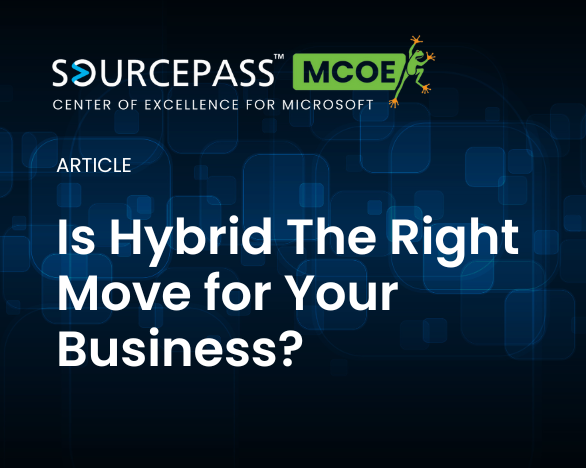
Hybrid environments have become the practical reality for most IT departments—not by design, but out of necessity.
Few organizations are fully on-prem or fully in the cloud. Most operate somewhere in between, responding to real-world constraints like budget, performance, security, and legacy systems. The challenge isn’t whether to go hybrid, but how to make it work in a way that aligns with your business goals.
For many organizations, hybrid IT isn’t the result of a single strategic initiative. It’s the outcome of years of practical, incremental decisions. Moving email to Office 365, extending identity management with Entra ID, or adopting Intune for device control each addressed a specific need at the time. Over time, these choices have created a blended environment that reflects the operational realities of modern IT.
The challenge now is to recognize that hybrid is the operating model and to manage it intentionally. That means evaluating where each workload belongs based on performance, cost, security, and long-term sustainability, rather than simply accepting where it ended up by default.
Infrastructure decisions don’t always happen on a set schedule, but certain moments naturally prompt a closer look. One of the most common is the hardware refresh cycle. If your servers are six or seven years old, you’re likely weighing the cost of replacement against the flexibility and scalability of cloud-based alternatives.
But age isn’t the only factor. End-of-life software, shifting licensing models, and evolving business requirements all play a role. For instance, the end of support for Server 2012 has pushed many organizations to rethink their architecture. At the same time, changes in VMware’s pricing structure have led long-time users to reconsider their virtualization platforms altogether.
These shifts aren’t just technical checkboxes. They’re moments that demand a fresh look at how your infrastructure supports your business. Whether it’s a licensing change or aging hardware, the question becomes less about what needs replacing and more about what makes sense moving forward.
There’s a common assumption that moving to the cloud will automatically save money. In reality, the economics of cloud versus on-prem are more nuanced. A high-performance SQL Server in Azure can cost more overtime than running it on-prem, especially for steady workloads. The key is understanding your financial model. Some organizations benefit from CapEx predictability, others from OpEx flexibility. The right choice depends on how your workloads behave and how your business accounts for IT investments.
Hybrid IT is not one-size-fits-all. A manufacturing company we worked with chose to refresh on-prem hardware due to stable workloads and downsizing. Another client, needing GPU power only a few times a year, opted for on-demand Azure VMs. Both made the right call for their needs. That’s the strength of hybrid; it adapts to your business, not the other way around.
There’s no universal blueprint for hybrid IT. The right approach depends on your infrastructure, priorities, and growth plans. That’s why the first step isn’t a product—it’s a conversation. Whether you’re exploring Hybrid Microsoft Solutions, Azure, Nutanix, VMware, or hardware refresh, we’re here to help you make informed, confident decisions.
If you’re ready to explore what hybrid IT options you have or are planning on expanding your existing infrastructure, we would be happy to jump on a call and chat and answer any questions.
Schedule a call with our team.

7 min read
Microsoft Ignite 2025 marked a turning point for organizations seeking practical solutions to manage the rapid growth of AI-powered automation. This...

8 min read
Microsoft Ignite 2025 set a new direction for organizations navigating the evolving landscape of AI and cloud technology.
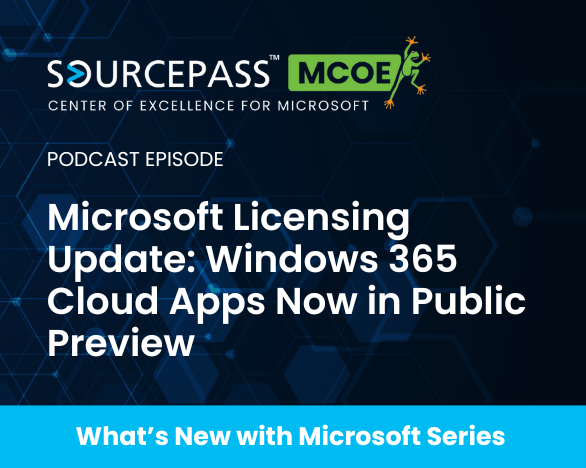
6 min read
Microsoft’s Windows 365 Cloud Apps, now available in public preview, introduces a new way for organizations to deliver only the applications users...
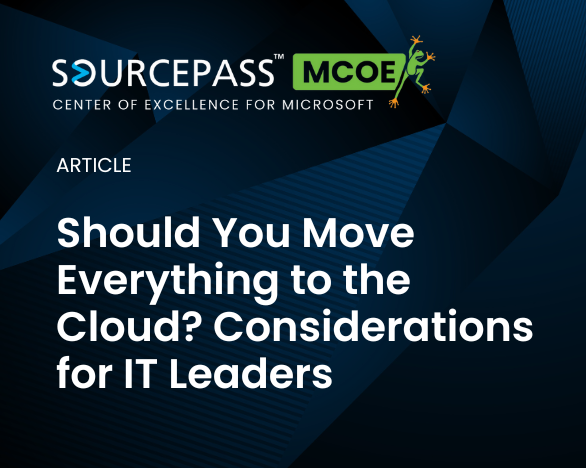
The cloud promises flexibility, scalability, and innovation—but does moving everything to the cloud always make sense? The honest answer is: it...
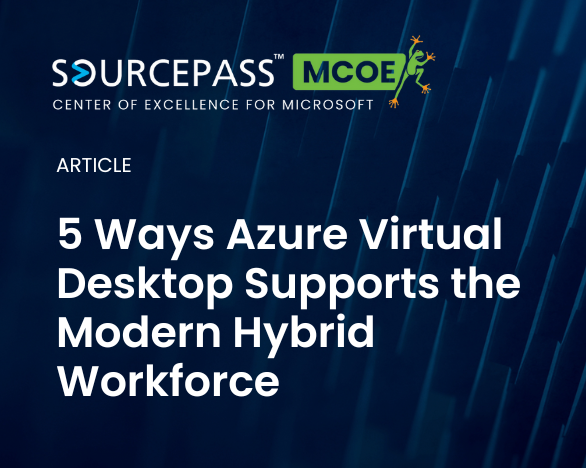
Azure Virtual Desktop (AVD) offers transformative benefits for organizations navigating modern IT challenges. Here’s how AVD empowers enterprises to...
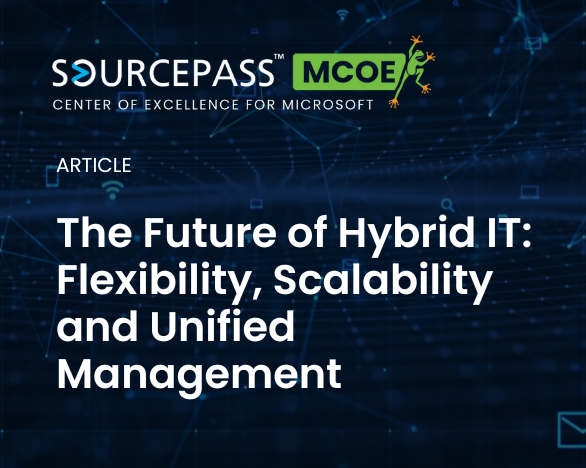
Hybrid IT has evolved from a transitional model into a long-term strategy. What began as a way to bridge on-premises infrastructure with emerging...